"What August dosen't do, September puts right"1 declared Johann Wolfgang Goethe.
And loathed as we are to contradict Goethe. He’s wrong.
August may be a time when one can allow oneself a little more freedom than the rest of the year; however, that which we call life is the actions, experiences, leanings, emotions of each month consecutively and sequentially building on, informing and evolving one-another, a month of inactivity is a month of moments missed, and hoping that September can in some form rectify for a laxness in August is wishful thinking.
And this year not particularly sensible: for as we all understand, that which we don’t do in August may come back to bite us in September.
Thus, on this occasion, ignore Goethe, and use August wisely, sagely and as a chance to get more out of September. And subsequently get more out of October. November. Etc. Etc. Etc.
Our five recommendations for meaningful things to do in August 2020, apart from regular hand washing, keeping abreast of local developments/advice and maintaining mutual respectful relations with those around you, can be found in Tallinn, Brussels, Malmö, Amsterdam and Berlin.
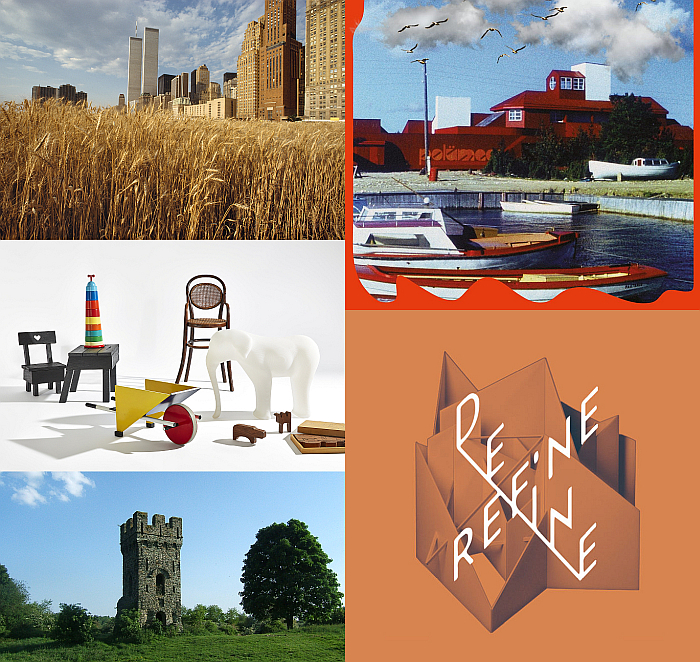
And as ever in these times, if you are planning visiting any museum or exhibition, please familiarise yourself in advance with the current ticketing, entry, safety, hygiene, cloakroom, etc rules and systems. And during your visit please stay safe, stay responsible, and above all, stay curious….
August is holiday season, and thus a good moment to reflect on holidays. On the history of holidays. That holidays are something relatively new. Certainly as a mass phenomenon. Or at least amongst the mass lucky enough to have statutory holidays and the means to enjoy them. There is a much greater mass who don't, and don't.
And for all to reflect that for all their youthfulness holidays have firmly established themselves in the cultural fabric of society. Have developed not just traditions and rituals but have become part of our individual self-identity, our self-image in all its complexity: we may or not be what we eat, but we are how we holiday.
Focussing on Estonia in the decades following the Second World War and the (hi)story of holidaying in Estonia as told through architecture, Leisure Spaces promises to take visitors not only to the hotels, holiday cottages, fishing cabins, campsites et al of Soviet era Estonia, but also into explorations of and considerations on daily life in Soviet era Estonia, the development of identities in Soviet era Estonia, the state as a disseminator of architecture, of architecture as a component of a (perceived)(enforced) national identity, the individual as a component of the wider state...
...and as the Estonian Museum of Architecture note, "also introduces outstanding buildings".
A claim which, at this stage, we'll all have to trust the museum on, but which we see no reason to doubt.
Leisure spaces. Holidays and Architecture in 20th Century Estonia opens at the Estonian Museum of Architecture, Rotermanni Soolaladu, Ahtri 2, Tallinn 10151 on Friday August 14th and runs until Sunday November 29th

Belgian, as we all know, is a land full of Ugly Houses, and with their 2020 summer exhibition CIVA Brussels explore Belgian constructions every bit as curious, grotesque and striking as the houses of Belgium. If, generally speaking, a lot less ugly.
In 2019 CIVA staged with the exhibition Miscellaneous Folies an exploration of global follies, those belvederes, fake ruins, miniature castles, grottos et al that although with a longer, and ongoing, history, are so closely associated with 18th and 19th century garden design; those, to paraphrase the exhibition organisers buildings entirely without function but which claim their individual raison d’être; and for all to consider the role and place of the folly in architecture, society, culture.
With Belgian Follies CIVA follow similar lines of inquiry albeit this time with a concentrated focus on the follies of Belgium as presented and documented in and by engravings, models, books and for all photographs. And in doing so promises not only to contribute to better understandings of the folly, to better understandings of what the folly can teach us, of why the folly?, but also offers the possibility of a differentiated insight into the (hi)story of Belgian culture and society. And perhaps also a few incentives to visit more of Belgium than you otherwise would.
If the Brussels Atomium is included, we no know. We'd argue however it should be.
Belgian Follies opens at CIVA, Rue de l’Ermitage 55, 1050 Brussels on Friday August 21st and runs until Sunday October 11th
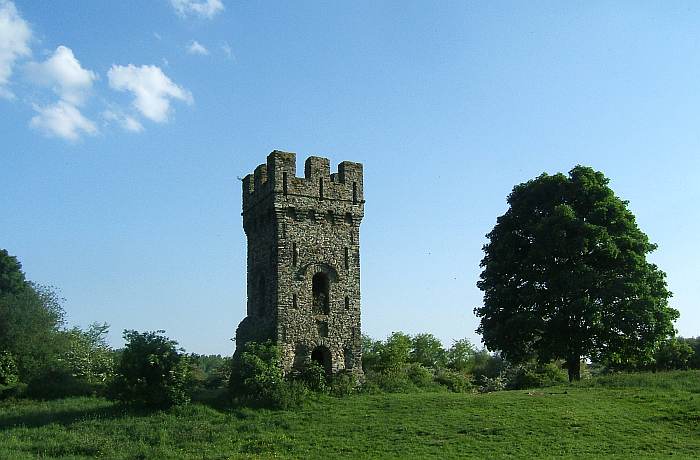
While most popular considerations on the term "International Modernism" focus on the "Modernism", the "International" is not unimportant, tending as it does to similar understandings of Modernism being applied globally, and thereby an Identikit Modernism independent of place and time. And thus, arguably, not ideal for the communities it is supposed to serve and assist. And thus leading to a general resistance to the arguments of the inter-War years, regardless of the validity of any, or all, of the individual components.
An alternative approach is so-called Critical Regionalism, a term first coined in the 1980s, and which as the architecture critic Kenneth Frampton argues is a strategy "to mediate the impact of universal civilization with elements derived indirectly from the peculiarities of a particular place."2 Or put another way, not to use (perceived) local forms and structures directly but integrate them and/or the understandings on which they are based, into, diffuse them through, modernist understandings and positions. If one so will to articulate a Modernist vocabulary with a hint of a vernacular accent.
In context of Define/Refine five teams of architects, planners, landscape architects and assorted associated professionals were tasked with exploring ideas of Critical Regionalism in context of southern Sweden, importantly both urban and rural southern Sweden, and in doing so seek to stimulate a debate on the relationship between architecture and identity, a debate that has been undertaken for generations, but which is always a component of the particular time, therefore always evolving, and, and as we always opine, one that we should all contribute to. It is after all questions of the environment(s) in which we will be expected to live, work and function. And do you really want to leave those decisions to architects alone? Really.........?
And although Define/Refine is very much an exploration of southern Sweden, many of the issues are "International", and thus, one hopes, many of the results of the projects considerations should be indirectly applicable for other regions.
Define/Refine opens at Form/Design Center, Lilla Torg 9, 203 14 Malmö on Thursday August 27th and runs until Sunday November 15th
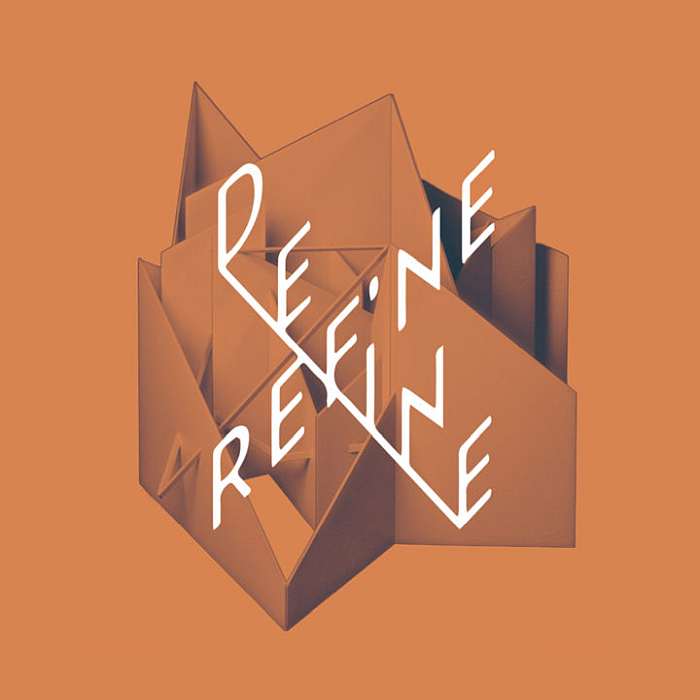
Although most popular understandings of the (hi)story of furniture design see its as linear, chronological, progression.
It isn't.
A reality that becomes clear if you try to draw a line from from Thonet to 'Dutch Design'.
And a reality, we hope, will be elucidated in From Thonet to 'Dutch Design', an exhibtion which takes as its staring point a Thonet Nr 4 couch from ca 1850 and moves forward, not chronologically, but thematically over subjects such as, design for children, sustainability or social design, and ends, if that's the appropriate phrase, with projects realised by Dutch designers in response to the Corona pandemic. 'Dutch Design', we'd imagine, very different from the playful impudence of 1990s 'Dutch Design'.
Promising a presentation of some 300 works from the museum's own collection by designers as varied as, and amongst many others, Charlotte Perriand, Verner Panton, Nanna Ditzel, Ettore Sottsass or Enzo Mari, From Thonet to 'Dutch Design' also promises to provide, as a subtext, a concise review of a century and a bit of furniture design in Holland, from the early 20th century Amsterdam School over protagonists as varied as Gerrit Rietveld, Hella Jongerius, Richard Hutten, Ineke Hans, Piet Hein Eek.......
And in doing so should allow not only for a tour through the (hi)story of furniture design in all its independent inter-dependencies and variegated similarities, but allow one to reflect afresh on the possibilities of drawing a line from Thonet to ‘Dutch Design’
From Thonet to 'Dutch Design'. 125 Years of Living at The Stedelijk opened at the Stedelijk Museum, Museumplein 10, 1071 DJ Amsterdam on Saturday July 25th and runs until Sunday March 21st
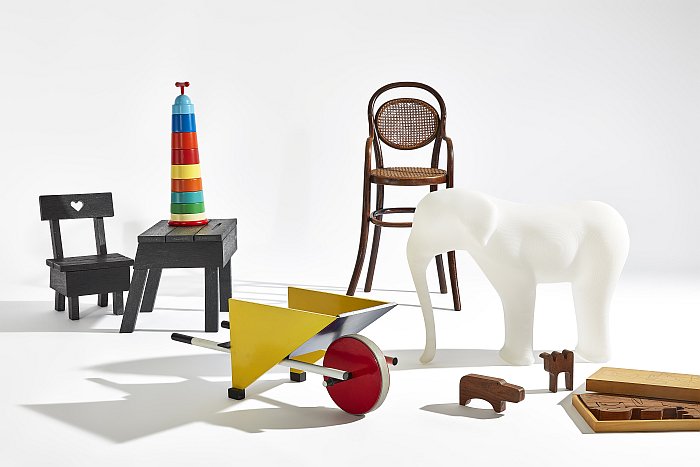
If August is a time for getting away from the old routine, it can also be time to visit an art exhibition rather than an architecture or design exhibition. Or in terms of Down to Earth at Berlin's Gropius Bau, an art festival.
Borrowing its title from the English title of Bruno Latour's 2017 essay Où atterrir, Down to Earth is, if we've correctly understood, an attempt to approach an understanding of our planet as a partner in what are traditionally bilateral discussions on politics, economics, technology, et al, to, if one so will, make such bilateral discourses trilateral and in doing so allow space for new, meaningful solutions. Not least new solutions to our ongoing climate emergency.
To this end Down to Earth features, in addition to a series of, analogue, workshops, discussions, interventions and concerts, an exhibition of art projects which by a variety of means invite one to reflect in a differentiated manner on not only our current relationships with our planet, but possible future relationships. And also the question of the role of the museal exhibition in our ongoing climate emergency: rather than being staged in a perfect climate controlled museum environment, the curators of Down to Earth plan to open the windows....... thus allowing for a physical, and figurative, breath of fresh air into the exhibition space, into understandings of museums in society, and also into the complexity of our relationships with our planet.
And a breath of fresh air we could all do with. For all designers and architects.......
Down to Earth opens at the Gropius Bau, Niederkirchnerstraße 7, 10963 Berlin on Thursday August 13th and runs until Sunday September 13th.
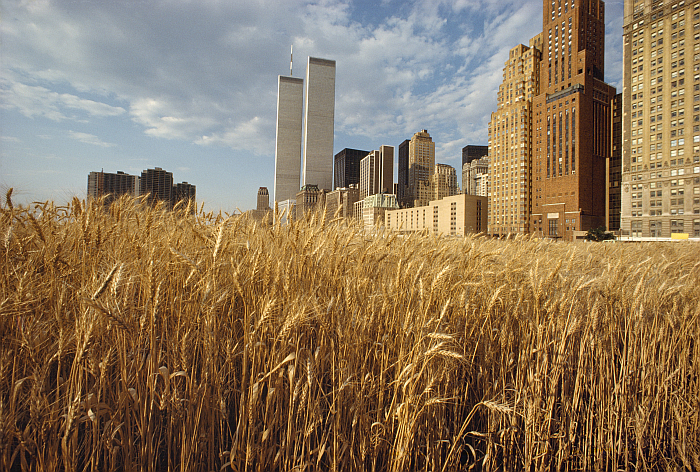
1"Was der August nicht tut, macht der September gut". In ein Stammbuch, in Goethe. Gedichte. Vollständige Ausgabe, J. G. Cotta, Stuttgart, page 1013
2Kenneth Frampton, Towards a Critical Regionalism: six Points for an Architecture of Resistance in Hal Foster, The anti-aesthetic: essays on postmodern culture, New Press, New York 1998